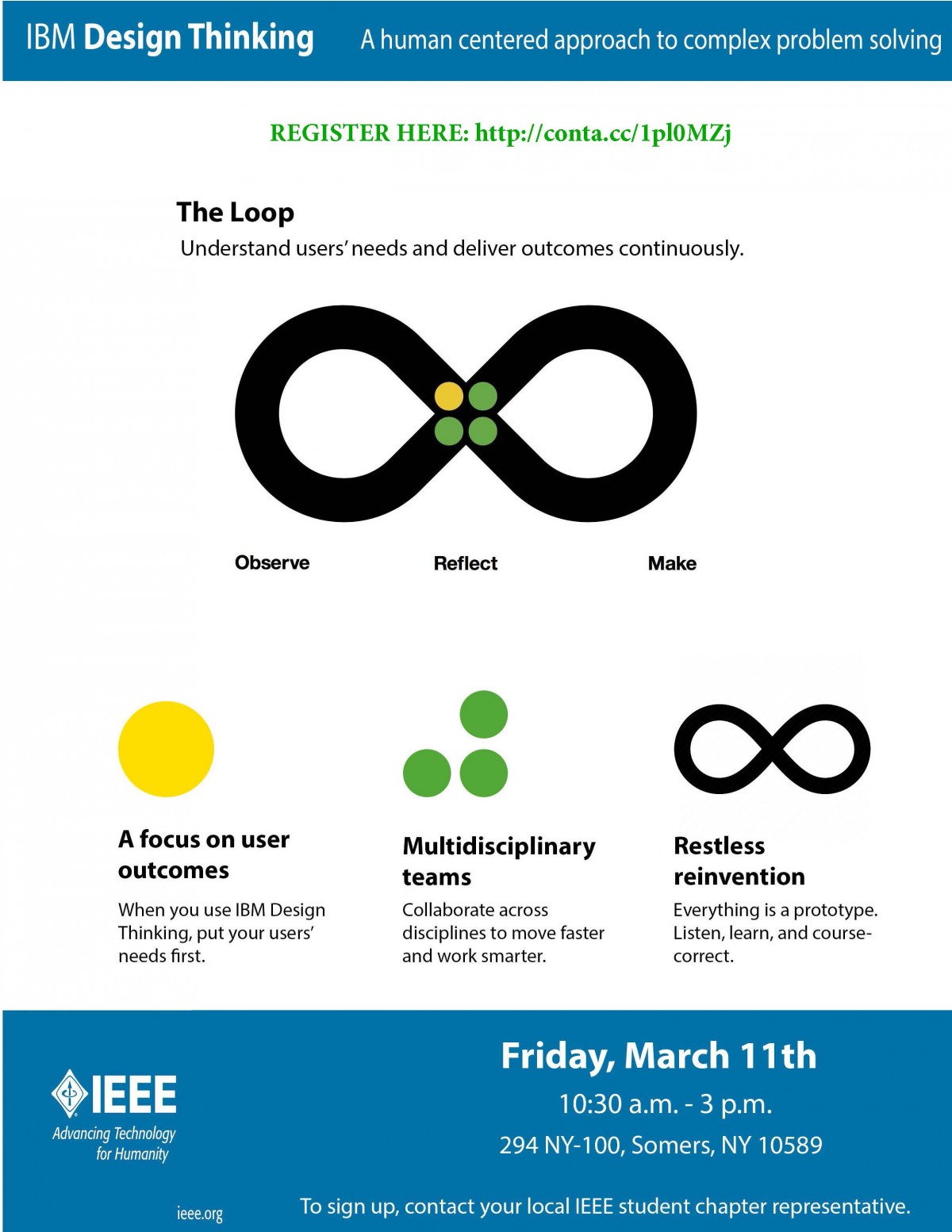A new course is coming to Pace University’s Seidenberg School of Computer Science and Information Systems for students who want to be in the room where design and innovation happen.
In Spring 2019, Pace students have the opportunity to take the new course Design Thinking and Innovation. This project-based learning course is offered on both the Westchester and NYC campuses. According to Professor Andreea Cotoranu, who teaches the course on the Westchester Campus, “innovation is something everyone seems to strive for these days. Through this course, students will learn the tools that can help unlock and fuel their creative problem-solving potential, all while working together on problems that matter to them. Just like the creative process, this course experience will be messy, fun, and rewarding.”
Course Description
This project-based learning course introduces students to innovation and problem solving using the design-thinking framework. The course emphasizes complex problem solving, critical thinking, creativity, communication and teamwork. The course is a corner stone experience for students in their first or second year at Pace University and is open to all undergraduate majors.
As part of this project-based learning course, students engage in a series of exercises that build upon each other to gain an understanding of the design thinking process including:
- Gaining empathy to define a problem;
- Brainstorming to generate creative solutions;
- Prototyping as a way to represent one or more solutions to show to others;
- Testing prototypes with the user for feedback.
Students apply the knowledge acquired through these exercises to a team-based project. Projects are based on problems posed by industry clients. Industry clients may include not-for-profit or for-profit organizations. Project deliverables include a mid and end of semester presentation, an electronic or physical product prototype, and written project reflection reports.
Learning Outcomes
By the end of this course, students will be able to:
- recognize the value of creative thinking;
- give examples of innovative ideas;
- apply human-centered design techniques to define a problem;
- employ ideation techniques to generate creative solutions;
- recognize the benefits of engaging with students of diverse backgrounds and experiences in the formation of ideas for project solutions;
- use data synthesis and idea generation to refine problems;
- prototype, test and iterate a solution with user feedback;
- use prototyping and storytelling to pitch a solution;
- demonstrate teamwork in interdisciplinary and self-directed teams
Professor of Information Technology, Dr. Jim Lawler, who teaches the course on the NYC campus, described the course as “an exciting and fun opportunity for students to learn a highly marketable methodology prevalent in entrepreneurial innovative organizations.”
Through this course students will learn about project-based experiences, in particular those offered through the NYC Design Factory.
The NYC Design Factory is a hub for innovation and creative problem solving housed within the Seidenberg School of Computer Science and Information Systems at Pace University. The NYC Design Factory welcomes students of all majors. The most popular courses include Product Development Project (PDP), Product Innovation Project (PIP), and Challenge Based Innovation (CBI). As part of these courses, students travel to Helsinki (Finland), Graz (Austria) and Geneva (Switzerland) to develop solutions for challenges posed by industry clients. These courses link technology, production, and marketing Check out the NYC Design Factory website to learn more about our offerings. Are you looking for an exciting course to register for in Spring ’19? Look no further – register for CIS 102Y Design Thinking and Innovation today!


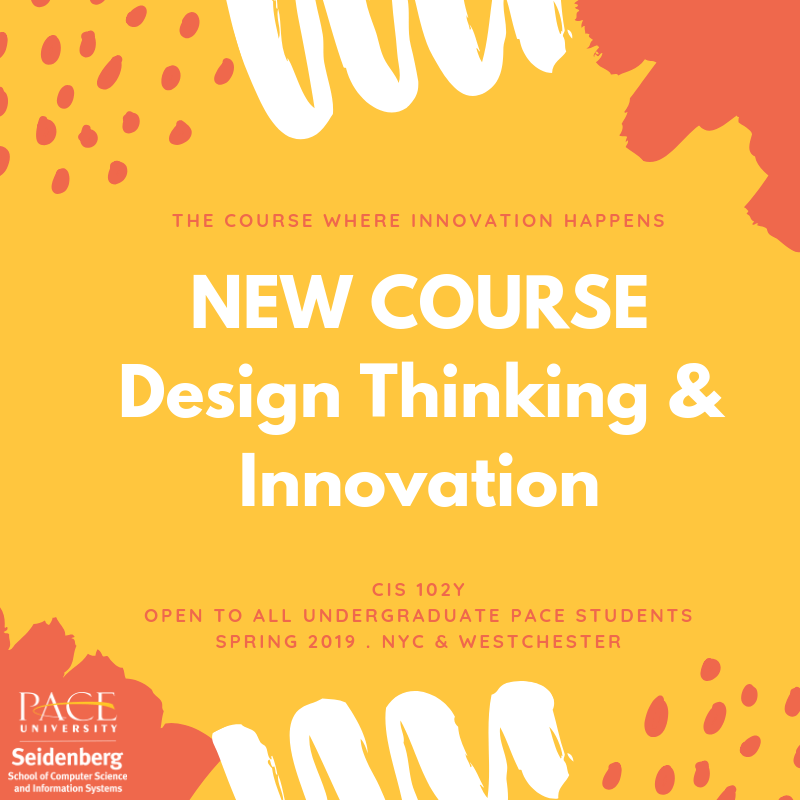

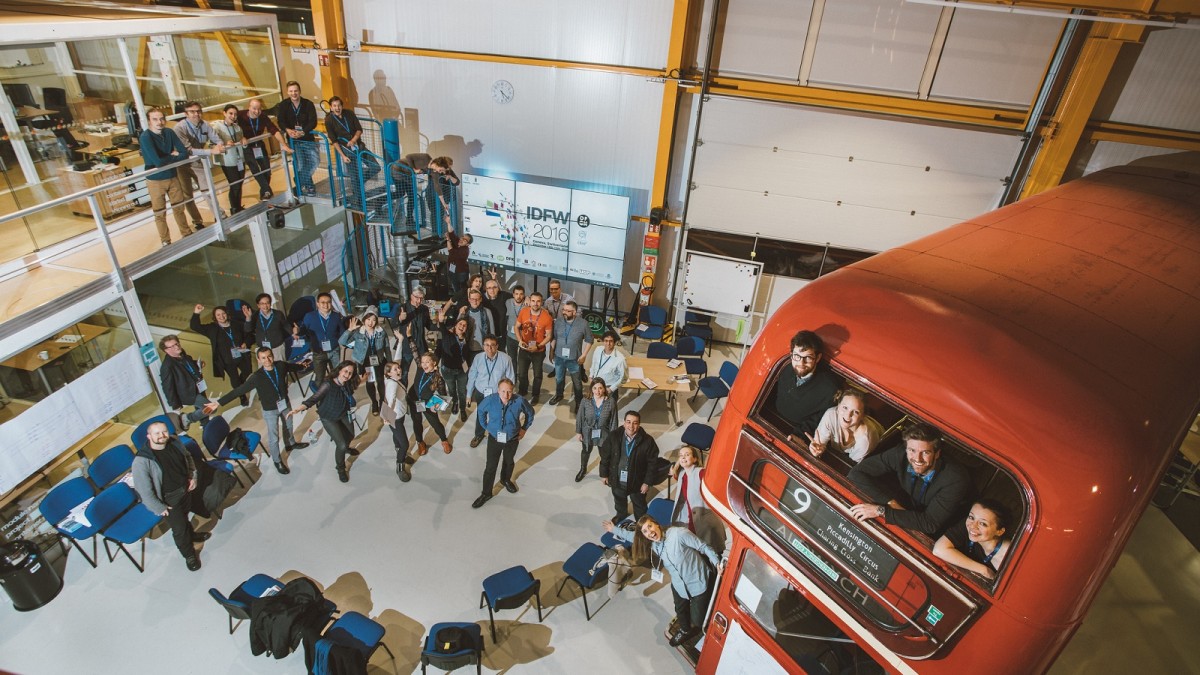




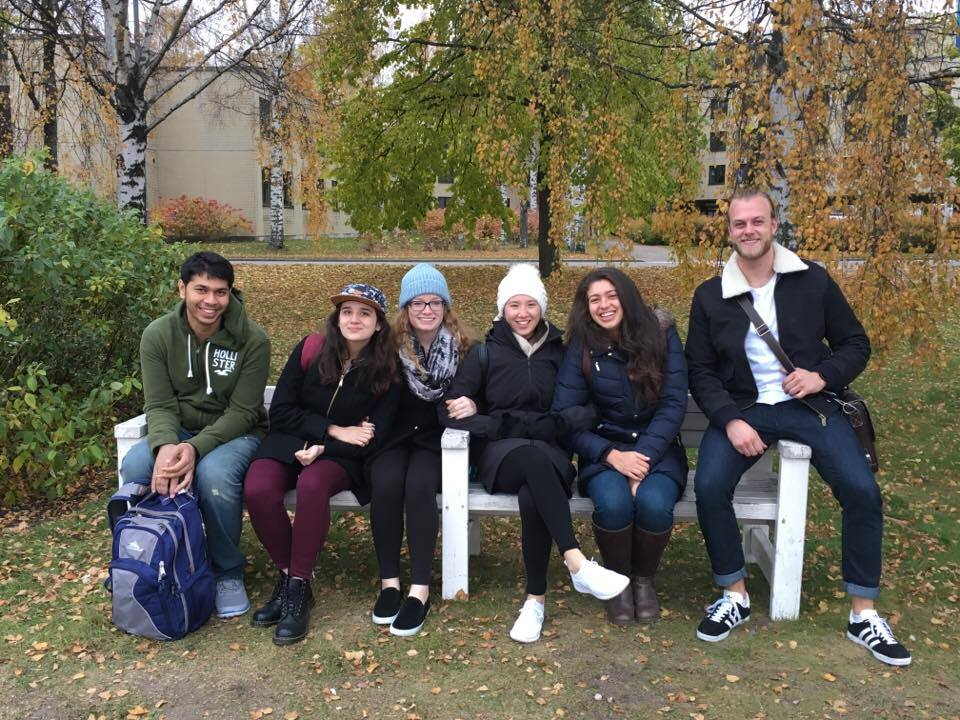
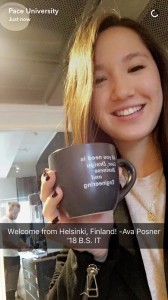 Once they had arrived at the Aalto Design Factory, it was time to get started. Attendees met teammates and participated in PD6 – product development in 6 hours. Everyone was then split into two teams: KONE, an established elevator company, and Seecode, a tech startup.
Once they had arrived at the Aalto Design Factory, it was time to get started. Attendees met teammates and participated in PD6 – product development in 6 hours. Everyone was then split into two teams: KONE, an established elevator company, and Seecode, a tech startup.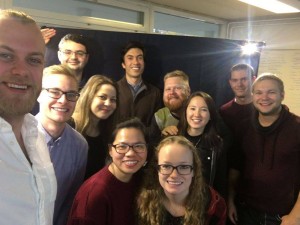
 On the following days it was time to get down to work!
On the following days it was time to get down to work!
 “We are excited to be a part of this amazing project and willing to put our 100% effort to achieve the final outcome of the project and present it in the gala”, said Mansoor. “We thank Pace University for selecting us for the Product Development Project and we feel it’s a great honor representing Pace University in a global event.”
“We are excited to be a part of this amazing project and willing to put our 100% effort to achieve the final outcome of the project and present it in the gala”, said Mansoor. “We thank Pace University for selecting us for the Product Development Project and we feel it’s a great honor representing Pace University in a global event.”